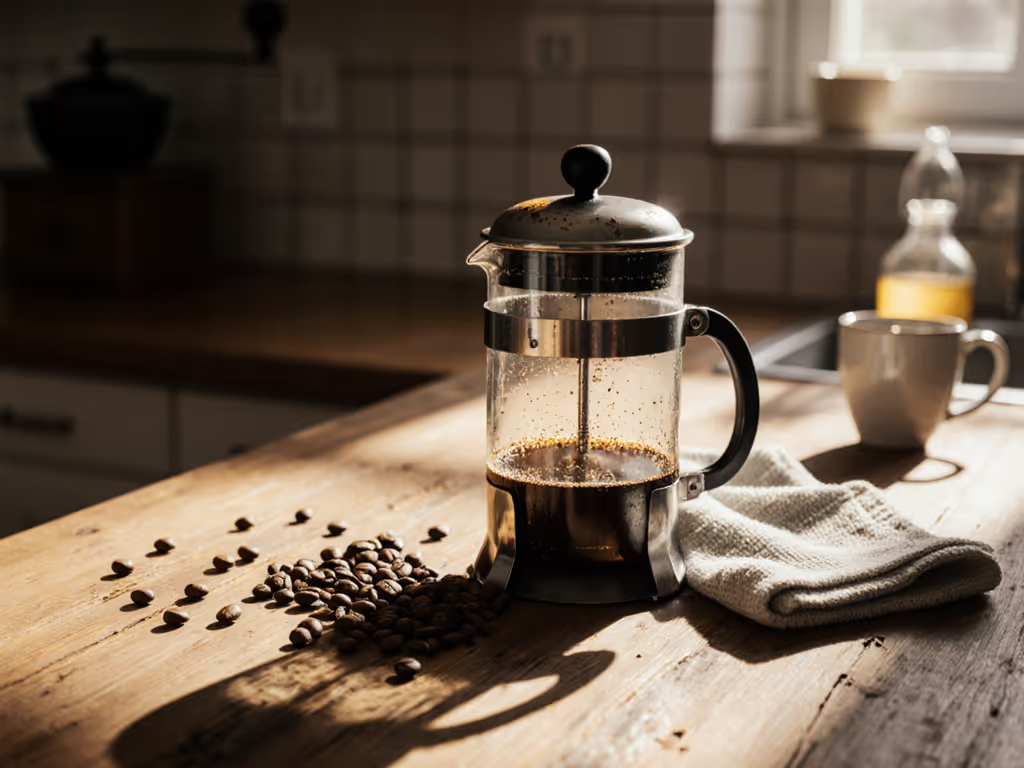
French Press Mastered: Stop Bitter Coffee Now
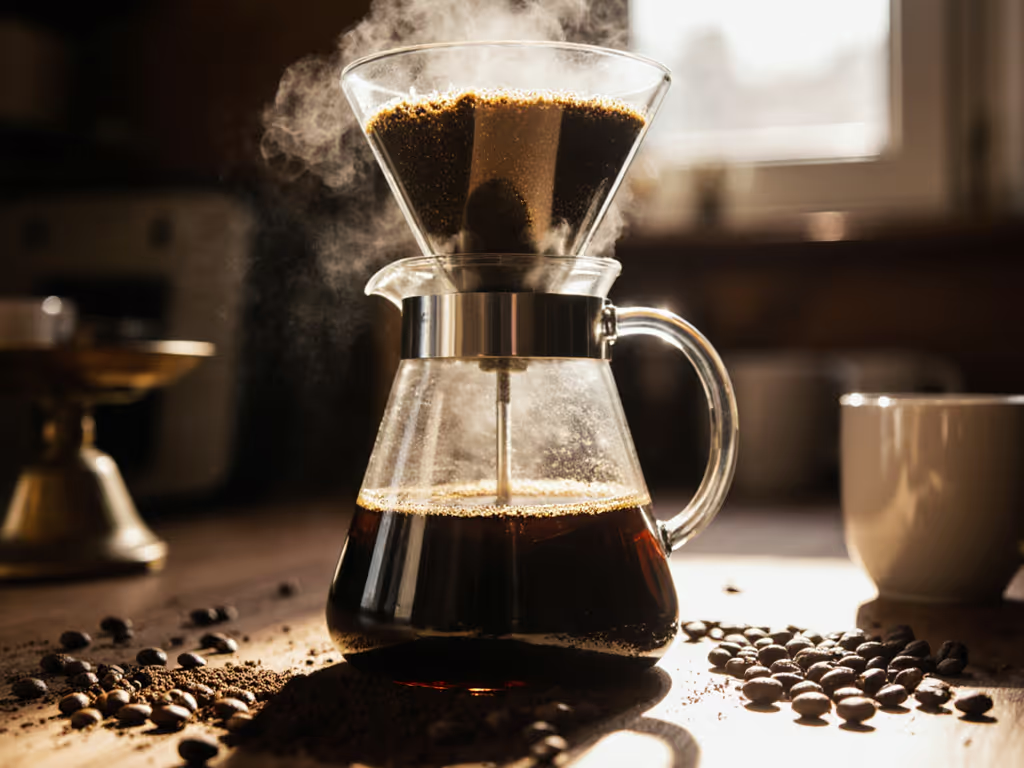
If you've ever wondered why your French press produces inconsistent results, or why your French press how-to searches keep leading to bitter brews, you're not alone. That frustrating moment when you expect a rich, balanced cup but get acrid sludge instead, that's the cry of a press begging for simpler adjustments. After years of helping home brewers troubleshoot their morning ritual, I've seen the same pattern: we rush to change everything at once when one thoughtful tweak would reveal the solution. Today, we're going to transform your French press from a source of frustration to your most reliable morning companion.
Why Your French Press Tastes Bitter (And What to Do About It)
Bitter coffee isn't fate, it's feedback. When your French press delivers harsh notes rather than nuanced flavor, it's telling you something's out of balance. The most common culprits are over-extraction, incorrect water temperature, or inconsistent grind size. But here's what most guides don't tell you: chasing perfect coffee by changing three variables simultaneously (grind, water, and dose) creates more confusion than clarity. I've watched too many skilled professionals approach their press like engineers debugging code, modifying multiple parameters at once, only to declare the method "unpredictable".
One knob, one note.
That's the mantra that transforms frustration into discovery. Start with one variable, adjust deliberately, and taste with purpose. Mastery isn't about having the fanciest gear, it's about understanding how small, intentional changes affect your cup.
The Foundation: Your Simple Starting Point
Before we dive into refinements, let's establish your baseline: a reliable starting point that works for most home brewers with standard equipment. This isn't dogma; it's your launchpad for experimentation. For a precise recipe with dialed-in ratios and troubleshooting for over- or under-extraction, see our French press coffee ratio guide.
For a standard 8-ounce mug:
- 28g coffee (about 3.5 tablespoons) coarsely ground
- 205°F water (just off the boil, cooled 30 seconds)
- 4-minute total brew time
- 1:15 coffee-to-water ratio
This baseline works with most tap water containing 50-150 mg/L of total dissolved solids (TDS). If your water is soft (<50 mg/L), you might notice muted flavors (consider adding a pinch of mineral enhancement). If it's hard (>150 mg/L), you may experience over-extraction even with perfect technique.
Step-by-Step: The No-Bitterness Method
Let's walk through the process with precision, not complexity. The key is consistency in execution, not complication in process.
Step 1: Warm Your Press and Measure
Preheat your French press with hot water while you weigh your beans. This simple step prevents thermal shock and stabilizes extraction temperature. While commercial guides often skip this, it's crucial for home brewers who don't have barista-level temperature control. Discard the rinse water before adding grounds.
Step 2: The First Pour (Bloom Phase)
Start your timer as you pour just enough water to saturate the grounds (about twice the weight of coffee). Let it bloom for 30 seconds. During this phase, you'll see the coffee expand and release gases, a sign of freshness. Don't skip this step; it prevents uneven extraction that leads to bitter notes later.
Step 3: The Main Pour and Stir
At 0:30, gently stir the crust that's formed on top. This is where many brewers go wrong, they either skip stirring entirely or agitate too aggressively. Use a single, gentle circular motion with a wooden spoon (metal can crack glass presses). Then fill to your desired level, keeping the lid off during steeping.
Step 4: The Critical Steep
Set your timer for 4 minutes total (including bloom time). This is the sweet spot for most beans, a minute less yields brighter, more acidic notes; a minute more brings out deeper, sweeter tones. When the timer hits 4:00, press slowly and evenly to the bottom.
Step 5: Immediate Transfer
Here's the secret most miss: never let coffee sit in the press after pressing. The continued contact with grounds creates bitterness within minutes. Pour immediately into your preheated mug or a thermal carafe. This simple step is the single biggest factor in eliminating bitter notes.
Water Wisdom: The Invisible Variable
Water quality dramatically impacts your French press results, yet it's the most overlooked element. Tap water with balanced minerals (75-125 mg/L) creates the cleanest extraction. If your water tastes flat or metallic, consider a simple filter that retains minerals rather than stripping them completely.
For consistent results, aim for:
- 75-125 mg/L calcium carbonate
- pH between 6.5-7.5
- No chlorine or chemical tastes
A Secura double-wall insulated kettle
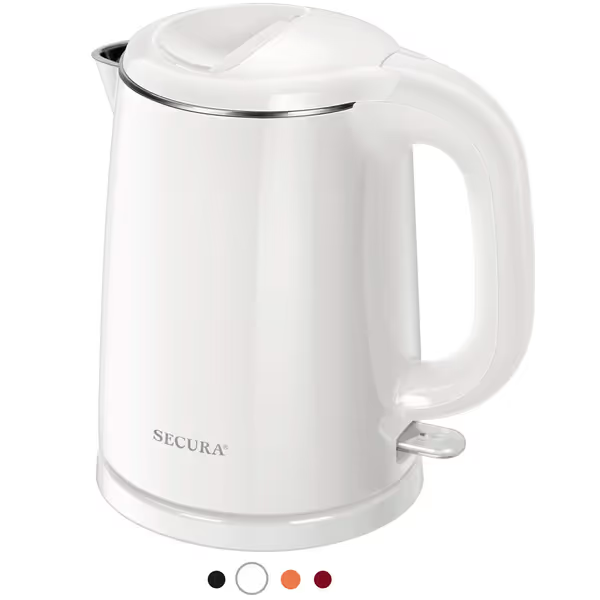
Secura Stainless Steel Electric Kettle
helps maintain precise water temperature throughout brewing, critical for consistent extraction without bitterness.
Tackling the Pain Points
Let's address those nagging frustrations that make you question your French press loyalty.
Muddy, Silty Coffee
This common complaint stems from filter issues or incorrect grind size. True French press coffee should have body but not sediment. Check your filter:
- If it's a standard mesh, try an additional fine filter layer
- Grind slightly coarser (bread crumb size, not sand)
- Press slowly and deliberately
How to Clean French Press Filter
Post-brew, rinse immediately with hot water while grounds are still wet. For deeper cleaning:
- Fill press halfway with hot water and a small amount of dish soap
- Press plunger halfway down and swirl vigorously for 15 seconds
- Disassemble filter components and rinse individually
- Air dry completely before reassembly
This routine prevents the buildup that leads to off-flavors and extends your French press lifespan significantly. Most presses last 5+ years with proper maintenance, not the "disposable" lifespan many assume.
Fragile Glass Concerns
If you've experienced thermal shock (cracked glass from temperature changes), consider stainless steel models (they're not just for camping). For glass presses, always preheat thoroughly and avoid drastic temperature changes. Most "fragile" press failures actually stem from improper preheating, not inherent design flaws.
French Press Replacement Parts
Most quality presses offer replaceable filters, plungers, and lids. Before replacing your entire unit, check if your manufacturer sells individual components. This simple step extends your press's functional life and reduces waste, aligning with the values of discerning home brewers who despise disposable culture.
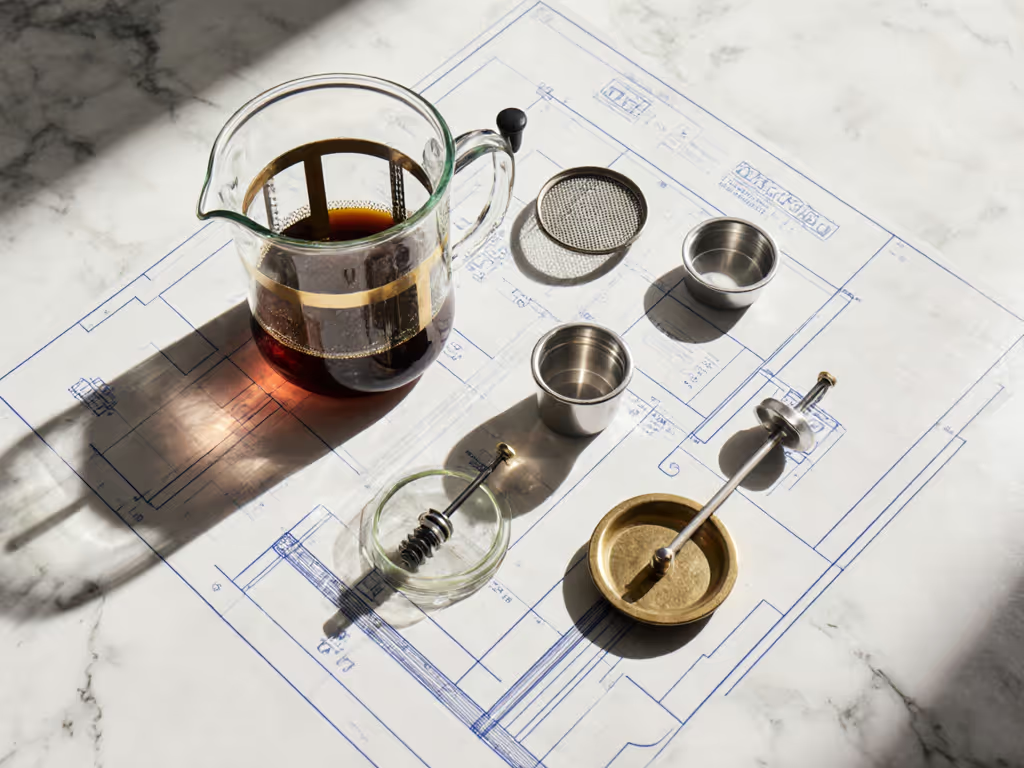
One-Adjustment-at-a-Time Experiments
Now that you have your baseline, let's explore deliberate refinement. The key is changing only one variable per brew session and documenting results:
- Grind adjustment: Increase or decrease by one notch on your grinder
- Time adjustment: Extend or shorten by 15-second increments
- Ratio adjustment: Modify coffee-to-water ratio by 0.5 increments
- Water adjustment: Try filtered vs tap, or add mineral drops
Your tasting notes should capture:
- First flavor impression
- Mid-palate development
- Aftertaste quality
- Body/mouthfeel
- Any bitterness (where it appears in the sip)
Remember: your palate is your most important tool. A five-star coffee bean means nothing if it doesn't delight your senses. Track your experiments in a simple notebook, no fancy app required.
The Weekend vs. Weekday Approach
For busy mornings, implement your perfected weekday blueprint: one ratio, one grind setting, one timer. Save your experiments for slower weekend mornings. This rhythm honors both your need for efficiency and your desire for mastery.
Weekday: 28g coffee, coarse grind, 205°F water, 4:00 total time, immediate transfer Weekend: Experiment with one variable while holding others constant
One Knob, One Note
Mastering French press coffee isn't about chasing perfection through complexity, it's about finding confidence through simplicity. Bitterness isn't your press's fault; it's information waiting to be interpreted through thoughtful, isolated adjustments.
When you approach your morning ritual with this guardrail-first mindset (starting with one knob, tasting with purpose), you'll discover that reliable, vibrant coffee isn't reserved for coffee shops. It's yours for the brewing, one deliberate experiment at a time.
Ready to go deeper? Try documenting your next three brews with just one variable changed each time, and notice how clarity emerges from simplicity. Your perfect cup isn't waiting for better gear, it's waiting for your next mindful adjustment.
Related Articles

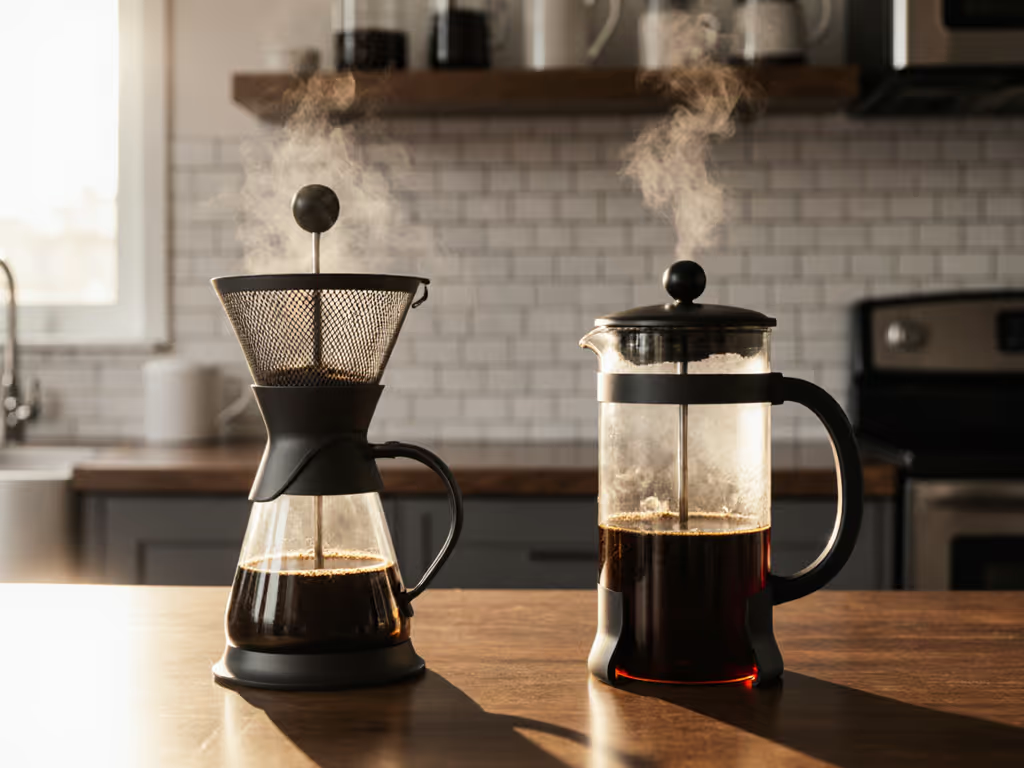
Modern French Press Evolution: Cleaner Coffee, Proven Design


